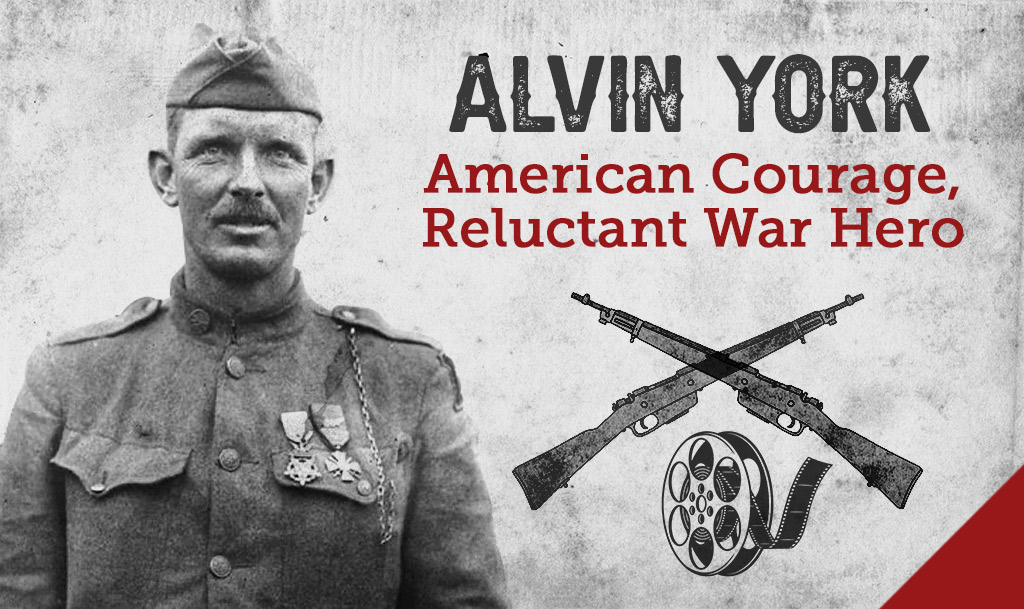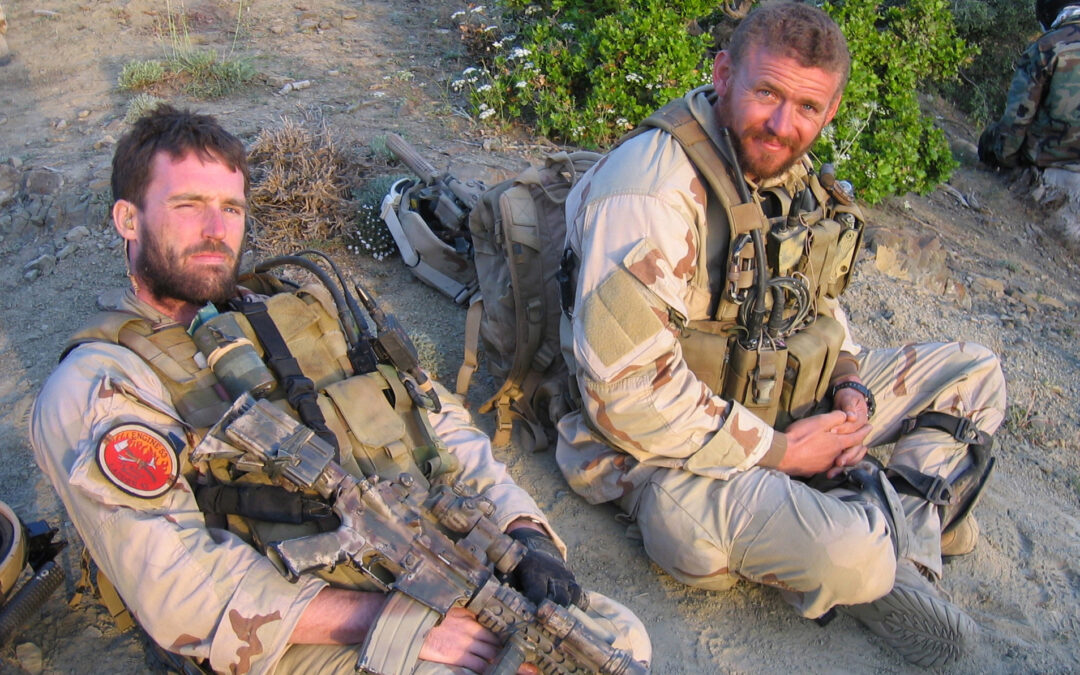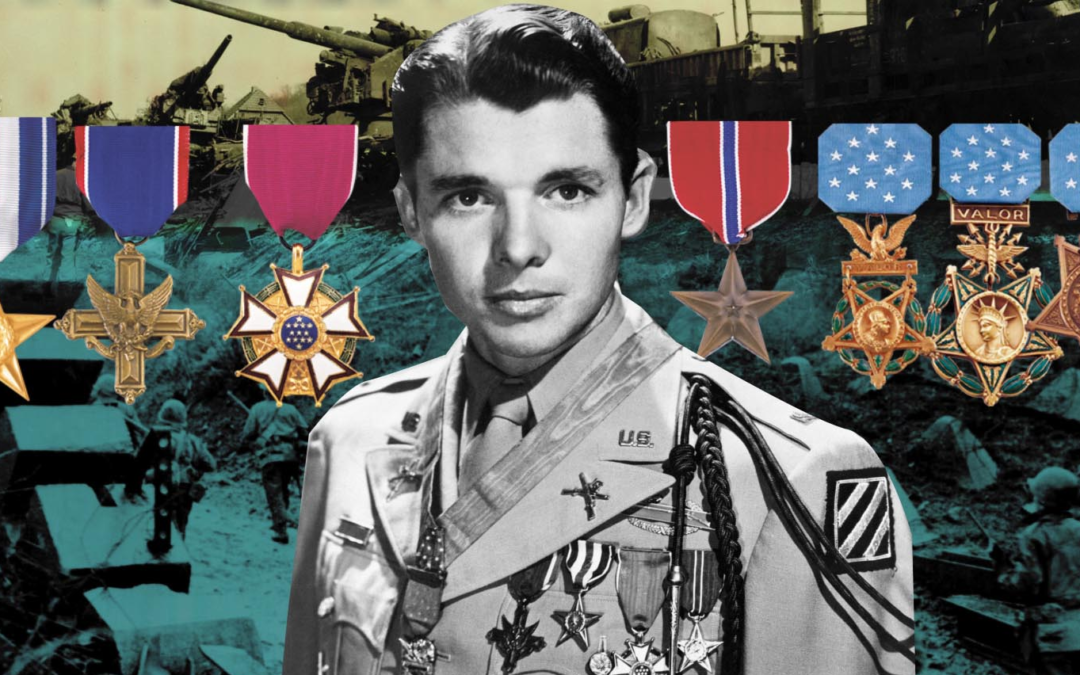Alvin Cullum York was one of the most decorated United States Army soldiers of World War I. He received the Medal of Honor for leading an attack on a German machine gun nests, killing at least 25 enemy soldiers, and capturing 132 during the Meuse-Argonne Offensive. He was also a conscientious objector. Biography of Alvin Callum York York was born on December 13, 1887 to William and Mary York of Pall Mall, Tennessee and raised in a two-room log cabin in a rural backwater in the northern section of Fentress County. He was the third oldest of a family of eleven children. Like many families in the county, the York family eked out a hardscrabble existence of subsistence farming supplemented by hunting. York's father, also acted as a part time blacksmith to provide some extra income for the family. In the wake of his father's death in 1911, York, as the eldest still living in the area, was forced to aid his mother in raising his younger siblings. To support the family, he began...











